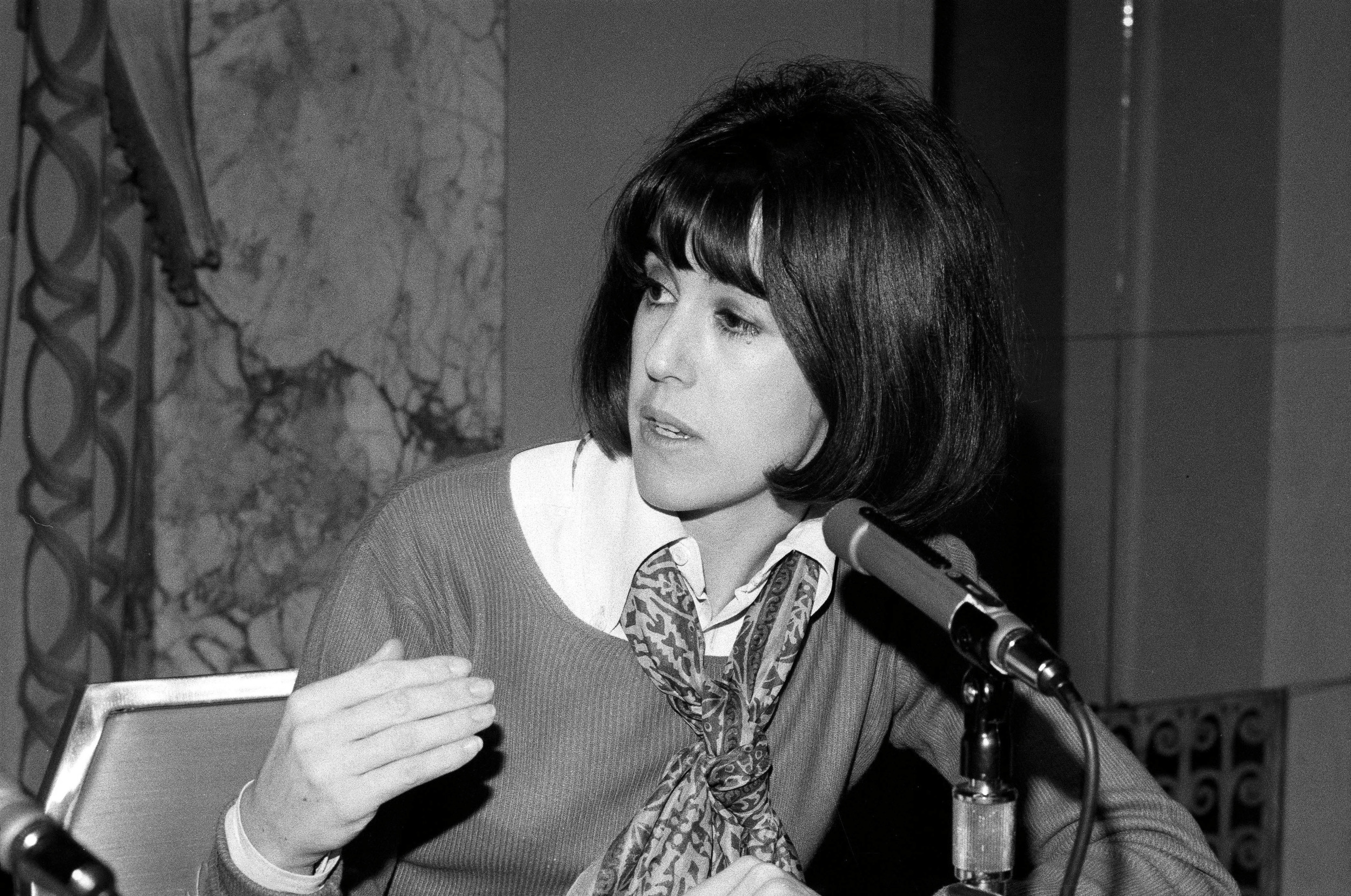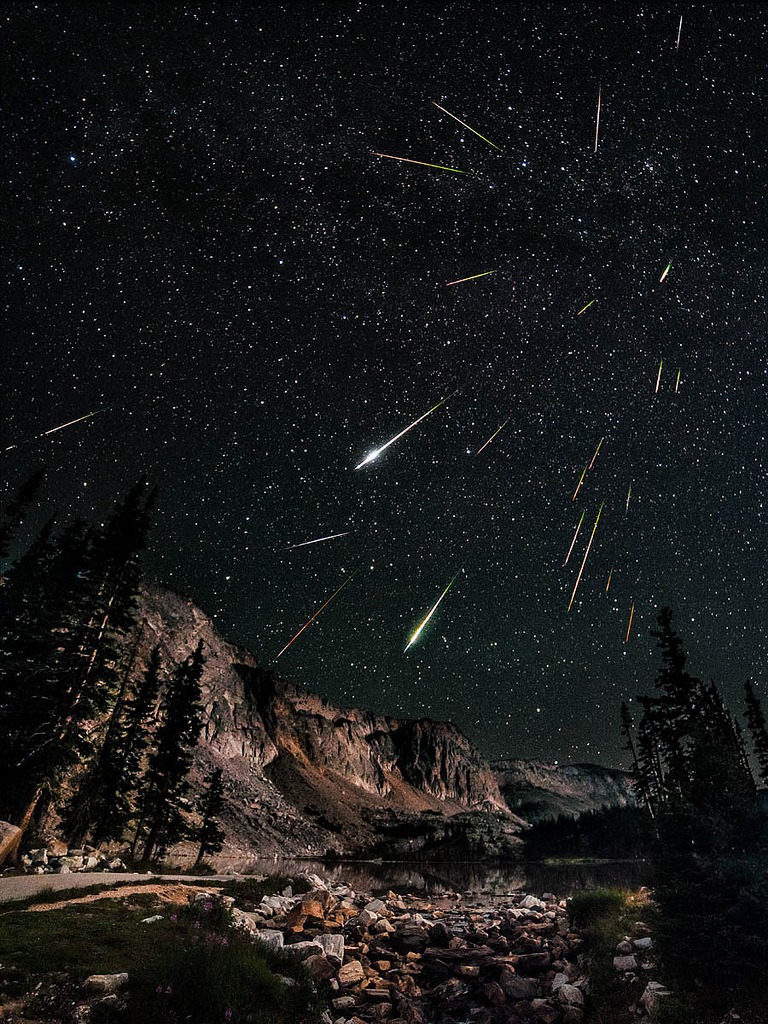[youtube=http://youtu.be/vSK3maq8Cyk&w=700]
[soundcloud url="http://api.soundcloud.com/tracks/58693221" iframe="true" /] Lovely job Danny old son.
[vimeo https://vimeo.com/48726610 w=700&h=390] One day skating with Kilian Martin in Madrid, 2012.
[youtube=http://youtu.be/1vaQ-Y6kLOM&w=700]
And the Ship Sails On, by Joel Brouwer
He faced the sink, one foot up
on the edge of the tub. She stood
behind him, reaching around.
In the mirror, her face rose
over his shoulder like the moon,
and like the moon she regarded him
beautifully but without feeling,
and he looked at her as he would
at the moon: How beautiful!
How distant! No smiling, no weeping,
no talking. A man and a woman
transacting their magnificent business
with the usual equanimity. The man
as a passenger walking the ship’s deck
at evening and the woman as the moon
over his shoulder oiling the ocean
with light. Deep in the ship’s belly
pistons churned and sailors fed
the boilers' roar with coal. On deck
just the engine’s dull thrum and
a faint click as the woman sets her ring
on the cool white lip of the sink.
 [youtube=http://youtu.be/pOPJxBjHkgc&w=700]
[youtube=http://youtu.be/pOPJxBjHkgc&w=700]
Great post from The Fox is Black, and nice to see Jameson doing content so well:
‘The Ventriloquist’ is a fantastic short film written and directed by Benjamin Leavitt and staring Kevin Spacey. The film came about as part of a wonderful competition set-up by Trigger Street Productions (‘The Social Network’ and ‘21’) and sponsored by Jameson Whiskey. Designed to uncover up-and-coming film talent, the competition asked people in South Africa, Russia and the USA to submit a 7 page script and the winning three entries got to make their short – each one staring Kevin Spacey.
It’s a wonderful idea and the shorts really don’t disappoint. Leavitt’s film is particularly great. It tells the story of an introverted ventriloquist (Spacey) who tries to match wits with his outspoken marionette. What works so well in Leavitt’s film is how it deals with the difficulties of communication. In a world of e-mail, texts, tweets and every-other form of modern communication it’s not too hard to form a connection with Spacey’s character and to empathize with the difficulties he has simply talking to people face-to-face. In this sense, we could all be viewed as being like ventriloquists from time-to-time. Make sure to put some time aside and watch this film.
You can also view the other two great shorts on Jameson Whiskey’s YouTube page. They come well recommended!
Check out her stuff here, it's really pretty.

I mean, Gotye's good and everything, but... [youtube=http://www.youtube.com/watch?v=vT-Ew5GjbdQ&w=700]
 “Hope” is the thing with feathers
“Hope” is the thing with feathers -
That perches in the soul -
And sings the tune without the words -
And never stops - at all -
“Hope” is the thing with feathers
“Hope” is the thing with feathers -
That perches in the soul -
And sings the tune without the words -
And never stops - at all -
And sweetest - in the Gale - is heard - And sore must be the storm - That could abash the little Bird That kept so many warm -
I’ve heard it in the chillest land - And on the strangest Sea - Yet - never - in Extremity, It asked a crumb - of me.
-- Emily Dickinson
==
Making a Fist We forget that we are all dead men conversing wtih dead men. —Jorge Luis Borges
For the first time, on the road north of Tampico, I felt the life sliding out of me, a drum in the desert, harder and harder to hear. I was seven, I lay in the car watching palm trees swirl a sickening pattern past the glass. My stomach was a melon split wide inside my skin.
“How do you know if you are going to die?” I begged my mother. We had been traveling for days. With strange confidence she answered, “When you can no longer make a fist.”
Years later I smile to think of that journey, the borders we must cross separately, stamped with our unanswerable woes. I who did not die, who am still living, still lying in the backseat behind all my questions, clenching and opening one small hand.
-- Naomi Shihab Nye ==
“Although the wind ...” Although the wind blows terribly here, the moonlight also leaks between the roof planks of this ruined house.
-- Izumi Shikibu ==
[youtube=http://www.youtube.com/watch?v=5NAr1dhvBRc&w=700]
Jay Jay has designed a fantastic chair for Jamie Oliver's Big Chair Project, in which you can bid for chairs designed by top artists - and the proceeds go to an inspiring charity. Watch the film below to get an insight to his design process - and see the finished product. Oh, and if you like the look of his stuff, check out more Dino gear and his rocking custom-made caps (all offices should have a giant triceratops in them, by the way).
[youtube=http://www.youtube.com/watch?v=EPPNaQJldvY&w=700] The BIG Chair Project is the brainchild of the Better Food Foundation, the charity founded by Jamie Oliver. Back in 2002, Jamie established Fifteen, a unique and pioneering restaurant group that uses the magic of food to give young people a chance to have a better future. Ten years on, hundreds of apprentices have graduated from the programme, which trains unemployed youngsters to become professional chefs.
With 2012 marking the 10th anniversary, it was time to do something a little celebratory to raise much-needed funds for the next 10 years.
The BIG Chair Project sees 20 creatives including Sarah Burton, Christopher Bailey, Tracey Emin, Paul Smith, Julien MacDonald and Matthew Williamson customise Fritz Hansen’s iconic ‘ANT’ chair to raise money for the Better Food Foundation.
Each bespoke chair will be auctioned – you can be in with the chance of winning one of six chairs by buying a ticket (from £5) to enter the online lottery. The remaining chairs will be auctioned online until the end of October.
“It’s incredibly exciting to think that Fifteen restaurant and the Foundation have been helping to inspire, educate and empower young people for 10 years now. I’m truly humbled to have such a brilliantly talented group of people from the fashion and art worlds to help on this fantastic project to raise money and help us mark the occasion. If you’d like to help us celebrate too, check out the Foundation website for more info.” – Jamie Oliver
Amazing composite image this. We really are spinning around the galaxy on a big rock. The Perseids meteor shower: The Perseids are a prolific meteor shower associated with the comet Swift-Tuttle. The Perseids are so-called because the point from which they appear to come, called the radiant, lies in the constellation Perseus. The name derives in part from the word Perseides (Περσείδες), a term found in Greek mythology referring to the sons of Perseus.
Says photographer David Kingham:
Last night I went out to Snowy Range in Wyoming in search of dark skies for the Perseid meteor shower. I wanted something special for the foreground and I knew the Snowies faced in the perfect direction to get this shot. I started shooting at 10pm and didn't stop until 5 am, I had to change my battery every 2 hours which made for a long night. The moon rose around 1am to light up the mountain range.
This is a composite of 23 images, 22 for the meteors/stars and 1 taken at sunrise for the foreground which was lightly blended in. I also corrected the orientation of the meteors to account for the rotation of the earth (this took forever!)
I had a great night which was made even better because I spent it with my newly adopted dog Emmie, she was a trooper!
Free wallpaper downloads on my website! www.davidkinghamphotography.com/night/h626c32b#h626c32b
Saw one of the original versions of Calypso Blues on Zissou's blog, reminded me of this bonkers one from 2009, Youn Sun Nah and her voicebox in Korea: [youtube=http://www.youtube.com/watch?v=O2iGwIl-qig&w=700]
(she also did THIS version of Metallica's Enter Sandman - not necessarily easy listening once she gets into it, but nonetheless impressive!)
[youtube=http://www.youtube.com/watch?v=dYhf3_9BgDE&w=700] From the collected speeches...
[youtube=http://www.youtube.com/watch?v=u3S1wHVXQOo&w=700]
 From Lists of Note, 27 June 2012:
The great Nora Ephron passed away yesterday, aged 71, following a battle with leukemia that began in 2006. She had many strings to her bow, but most notably wrote the screenplays to some of the best loved films ever to grace the big screen, many of which she also directed and produced. She wrote the following lists — of things she won't and will miss — in 2010 and used them to close her book, I Remember Nothing.
From Lists of Note, 27 June 2012:
The great Nora Ephron passed away yesterday, aged 71, following a battle with leukemia that began in 2006. She had many strings to her bow, but most notably wrote the screenplays to some of the best loved films ever to grace the big screen, many of which she also directed and produced. She wrote the following lists — of things she won't and will miss — in 2010 and used them to close her book, I Remember Nothing.
(Source: I Remember Nothing: And Other Reflections; Image: Nora Ephron, via.)
What I Won't Miss
Dry skin Bad dinners like the one we went to last night E-mail Technology in general My closet Washing my hair Bras Funerals Illness everywhere Polls that show that 32 percent of the American people believe in creationism Polls Fox TV The collapse of the dollar Bar mitzvahs Mammograms Dead flowers The sound of the vacuum cleaner Bills E-mail. I know I already said it, but I want to emphasize it. Small print Panels on Women in Film Taking off makeup every night
What I Will Miss
My kids Nick Spring Fall Waffles The concept of waffles Bacon A walk in the park The idea of a walk in the park The park Shakespeare in the Park The bed Reading in bed Fireworks Laughs The view out the window Twinkle lights Butter Dinner at home just the two of us Dinner with friends Dinner with friends in cities where none of us lives Paris Next year in Istanbul Pride and Prejudice The Christmas tree Thanksgiving dinner One for the table The dogwood Taking a bath Coming over the bridge to Manhattan Pie
[youtube=http://youtu.be/0Fju9o8BVJ8&w=700] The video for Hell Broke Luce is bonkers/brilliant.
"Luce" is a reference to Jeff Lucey, a US soldier who took his own life after returning from a tour in Iraq, hanging himself with a hose in his parents' basement. "What was his name? Jeff!" It's a heavy, heavy song.
LAST month, in San Jose, Calif., 21 people were treated for burns after walking barefoot over hot coals as part of an event called Unleash the Power Within, starring the motivational speaker Tony Robbins. If you’re anything like me, a cynical retort might suggest itself: What, exactly, did they expect would happen? In fact, there’s a simple secret to “firewalking”: coal is a poor conductor of heat to surrounding surfaces, including human flesh, so with quick, light steps, you’ll usually be fine. But Mr. Robbins and his acolytes have little time for physics. To them, it’s all a matter of mind-set: cultivate the belief that success is guaranteed, and anything is possible. One singed but undeterred participant told The San Jose Mercury News: “I wasn’t at my peak state.” What if all this positivity is part of the problem? What if we’re trying too hard to think positive and might do better to reconsider our relationship to “negative” emotions and situations?
Consider the technique of positive visualization, a staple not only of Robbins-style seminars but also of corporate team-building retreats and business best sellers. According to research by the psychologist Gabriele Oettingen and her colleagues, visualizing a successful outcome, under certain conditions, can make people less likely to achieve it. She rendered her experimental participants dehydrated, then asked some of them to picture a refreshing glass of water. The water-visualizers experienced a marked decline in energy levels, compared with those participants who engaged in negative or neutral fantasies. Imagining their goal seemed to deprive the water-visualizers of their get-up-and-go, as if they’d already achieved their objective.
Or take affirmations, those cheery slogans intended to lift the user’s mood by repeating them: “I am a lovable person!” “My life is filled with joy!” Psychologists at the University of Waterloo concluded that such statements make people with low self-esteem feel worse — not least because telling yourself you’re lovable is liable to provoke the grouchy internal counterargument that, really, you’re not.
Even goal setting, the ubiquitous motivational technique of managers everywhere, isn’t an undisputed boon. Fixating too vigorously on goals can distort an organization’s overall mission in a desperate effort to meet some overly narrow target, and research by several business-school professors suggests that employees consumed with goals are likelier to cut ethical corners.
Though much of this research is new, the essential insight isn’t. Ancient philosophers and spiritual teachers understood the need to balance the positive with the negative, optimism with pessimism, a striving for success and security with an openness to failure and uncertainty. The Stoics recommended “the premeditation of evils,” or deliberately visualizing the worst-case scenario. This tends to reduce anxiety about the future: when you soberly picture how badly things could go in reality, you usually conclude that you could cope. Besides, they noted, imagining that you might lose the relationships and possessions you currently enjoy increases your gratitude for having them now. Positive thinking, by contrast, always leans into the future, ignoring present pleasures.
Buddhist meditation, too, is arguably all about learning to resist the urge to think positively — to let emotions and sensations arise and pass, regardless of their content. It might even have helped those agonized firewalkers. Very brief training in meditation, according to a 2009 article in The Journal of Pain, brought significant reductions in pain — not by ignoring unpleasant sensations, or refusing to feel them, but by turning nonjudgmentally toward them.
From this perspective, the relentless cheer of positive thinking begins to seem less like an expression of joy and more like a stressful effort to stamp out any trace of negativity. Mr. Robbins’s trademark smile starts to resemble a rictus. A positive thinker can never relax, lest an awareness of sadness or failure creep in. And telling yourself that everything must work out is poor preparation for those times when they don’t. You can try, if you insist, to follow the famous self-help advice to eliminate the word “failure” from your vocabulary — but then you’ll just have an inadequate vocabulary when failure strikes.
The social critic Barbara Ehrenreich has persuasively argued that the all-positive approach, with its rejection of the possibility of failure, helped bring on our present financial crises. The psychological evidence, backed by ancient wisdom, certainly suggests that it is not the recipe for success that it purports to be.
Mr. Robbins reportedly encourages firewalkers to think of the hot coals as “cool moss.” Here’s a better idea: think of them as hot coals. And as a San Jose fire captain, himself a wise philosopher, told The Mercury News: “We discourage people from walking over hot coals.”




